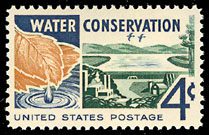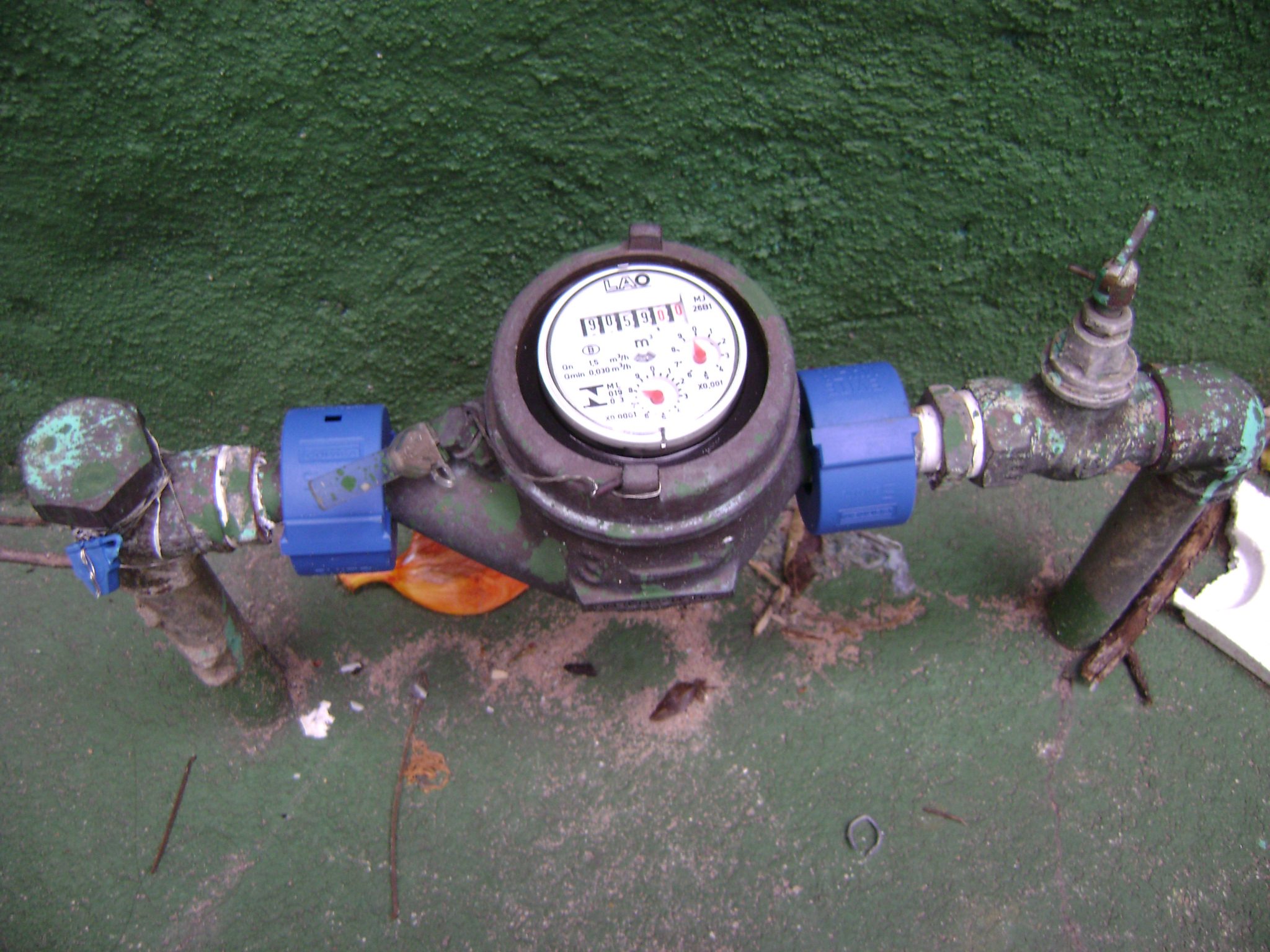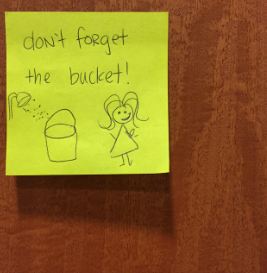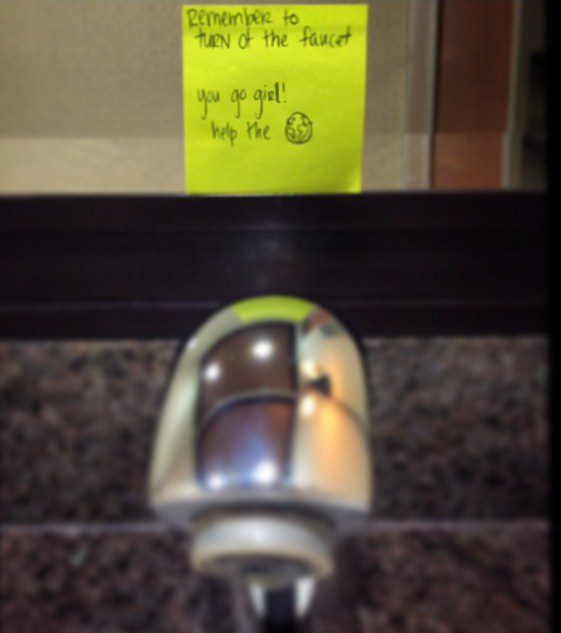 Today’s blog comes from our Education Manager, Erika. To help all of us to better understand the relationship between our water use and drought conditions, Erika has taken it upon herself to become well-versed in the ways of water conservation. Read on to learn more about how you can help America’s Finest City reach its water conservation goals!
Today’s blog comes from our Education Manager, Erika. To help all of us to better understand the relationship between our water use and drought conditions, Erika has taken it upon herself to become well-versed in the ways of water conservation. Read on to learn more about how you can help America’s Finest City reach its water conservation goals!
It’s not news that San Diego and the rest of California is experiencing severe drought conditions. In April, Governor Brown imposed mandatory restrictions in municipal water use, designed to save 25% of state drinking water supplies. Despite the fact that most San Diegans are aware of our drought, according to the Equinox Center, “the member agencies of San Diego County Water Authority experienced a 2 percent increase in average daily water consumption on a per person basis” in 2014. While it is my opinion, the best way to conserve water is to evaluate your eating and purchasing habits; although these savings won’t be reflected on your water bill. So, here are some ways you can #wastenowater this summer.
Educate yourself.
Figure out where you are using the most water in your home: watering the lawn, long showers, or perhaps there’s a leak? One of the first steps is learning how to decipher your water bill and read your water meter (and teach the kids in your life to do the same!). Once acquainted with your standard water usage, any abnormalities will alert you of any leaks. Another simple solution to identify toilet leaks is to put food coloring in the fill tank; if dye travels to the bowl, you know you have a leak.

There are also lots of resources available including free water savings kits from SDG&E – click here to request yours today!
Go beyond the bucket.
I’ve been hearing stories of people capturing shower water while waiting for it to heat, which is awesome. Most people use this water for irrigation; however, there are plenty of other uses for this water. Try using it to fill the toilet fill tank, as water for your animals, or to fill ice cube trays and water jugs. If you plan to do laundry or cleaning that day, you can keep it to mop or use for hand washing your delicates.
Scrape and Soak.
When washing dishes, make sure to scrape excess food into the trash (or compost) before rinsing. You can use a bucket to minimize excess water use, too. Also, if you are fortunate enough to have a dish washer, make sure to have a full load before starting. Water saving doesn’t have to start with dishes. Use a bowl to wash fruits and veggies and be smart about the size of the pot you use to cook.
Gray your garden.
 Irrigation accounts for a large percentage of water use, especially in the summer. Our solution, go gray(water)! Laundry to landscape graywater systems don’t require permits. Take a course or study up through YouTube on how to be most efficient in your garden. Also, you can never use too much mulch! Mulch and compost can prevent evaporation from your soil and your plants will love it, too! Don’t forget to use water wise and native plans and try out a rain barrel! Whenever I see a sprinkler watering the sidewalk, I adjust the head to point toward the grass.
Irrigation accounts for a large percentage of water use, especially in the summer. Our solution, go gray(water)! Laundry to landscape graywater systems don’t require permits. Take a course or study up through YouTube on how to be most efficient in your garden. Also, you can never use too much mulch! Mulch and compost can prevent evaporation from your soil and your plants will love it, too! Don’t forget to use water wise and native plans and try out a rain barrel! Whenever I see a sprinkler watering the sidewalk, I adjust the head to point toward the grass.
These habits don’t develop overnight, so place sticky notes around places that are atypical of your routine (and don’t forget to recycle the notes once you are done!).



